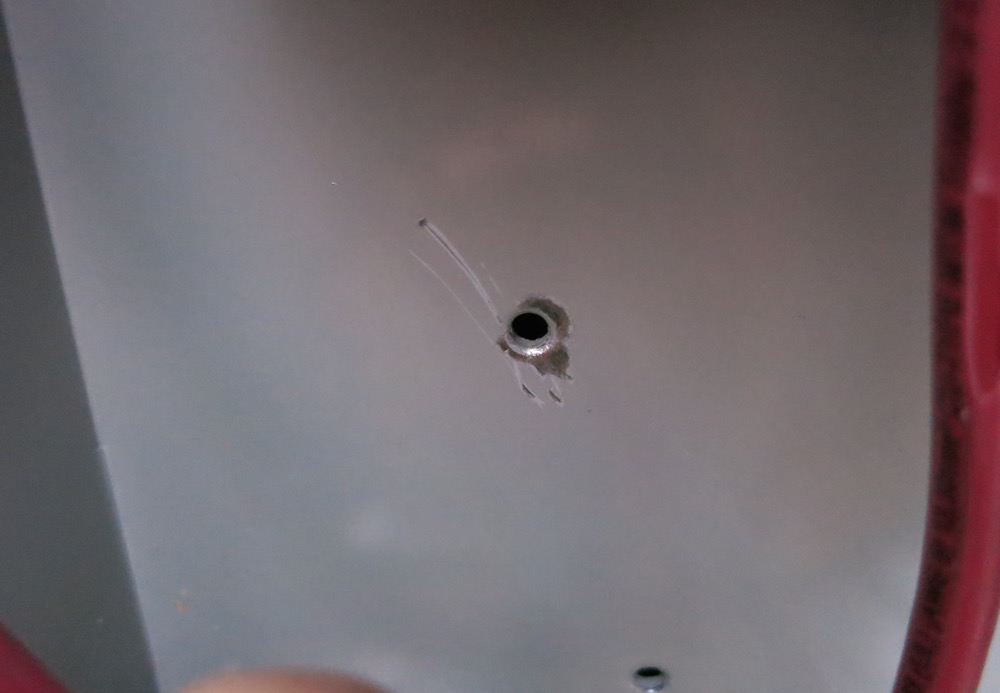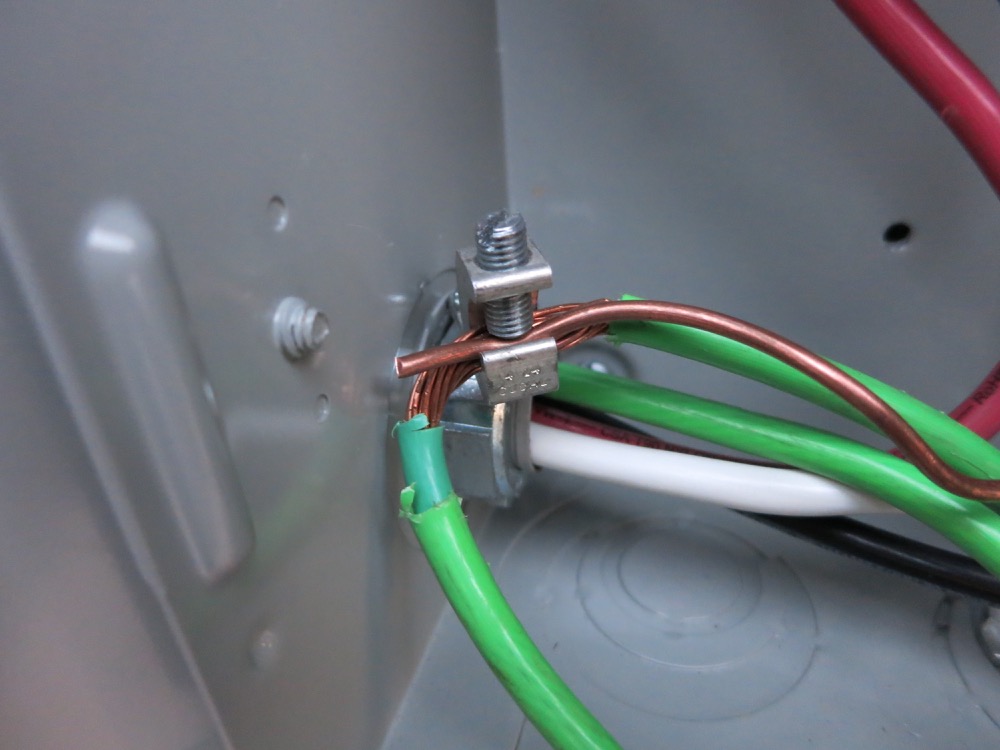Originally posted by HX_Guy
communicates with the power boxes to set the output voltage of each one. That is how they
maintain a 350V string voltage. I didn't hear an explanation of how that communication is done.
This system does solve problems with shading and odd numbers of panels. The claim of 15%
more energy might apply in a difficult situation like that. I don't think they would have any
advantage over a straight forward ground mount string system that had no complex mounting
restrictions. About the only advantage I see over micro inverters, is running a higher DC
voltage over the distance to the inverter/AC connection point. The complexity of the communication
system would worry me, will my HAM transmitter throw it off? And troubleshooting could really
be a problem if something started failing; instead of a few simple parts, you have a community
of computers.
As for your DC wiring currents, they will be the array power output divided by 350 VDC. If that
is conservative, hopefully it will handle any fault situation safely. They keep talking about not
needing fuses with a minimum of long strings. But those long strings will then have a large
current capability outputted from the optimizers, needing larger wire and for me, fuses. I'm
glad to keep it very simple on the ground. Bruce Roe












Leave a comment: